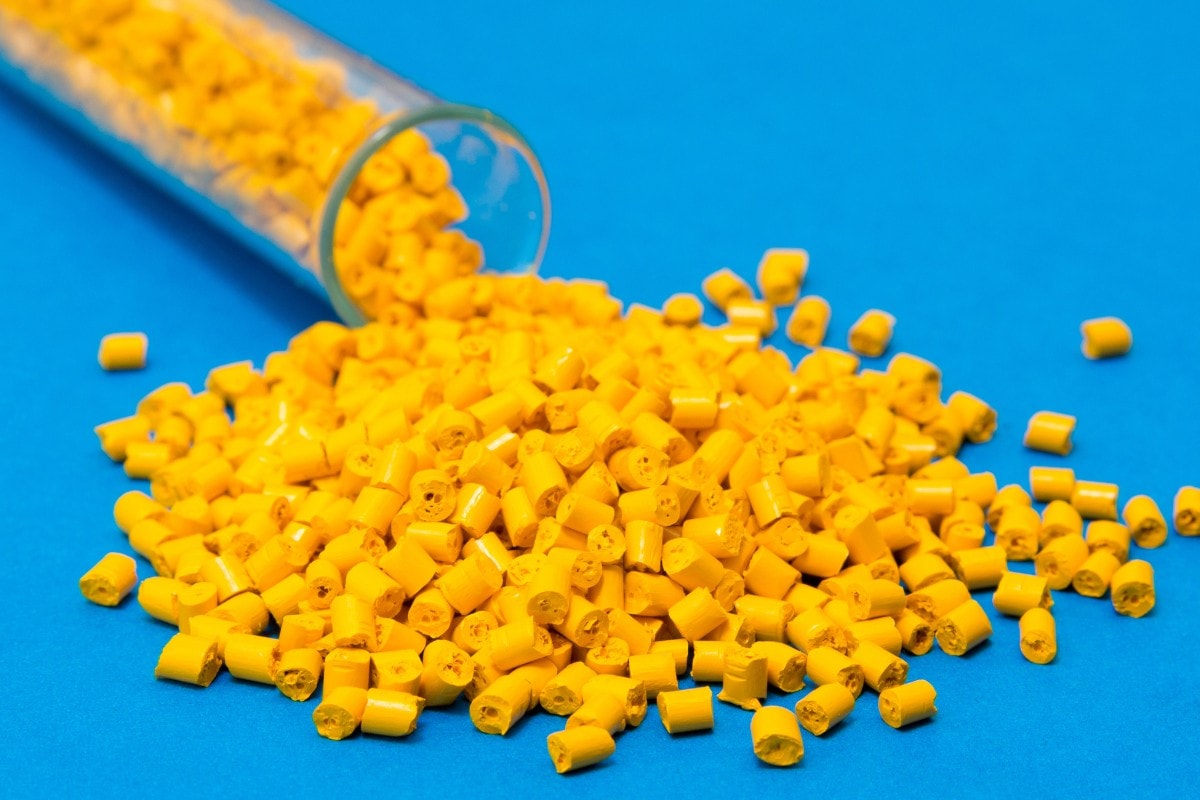What Is TPE
Thermoplastic Elastomer (TPE) is a versatile material commonly used in the window and door industry. It combines the characteristics of both thermoplastics and elastomers, offering a unique set of properties. TPEs are known for their flexibility, durability, and resistance to various environmental conditions. They have a soft and rubber-like texture, making them ideal for applications where a combination of flexibility and strength is required.
The main advantage of TPE is its recyclability. It can be melted and reprocessed multiple times without significant degradation in its properties, making it an environmentally friendly choice. TPE is also easy to process and can be molded into various shapes and sizes, allowing for design flexibility in window & door manufacturing.
TPEs are widely used due to their excellent sealing properties. They can be molded into various shapes and sizes to create gaskets, seals, and weatherstripping for doors. These components help to prevent air and water leakage, improve insulation, and enhance the overall performance of doors.
TPEs are also used in the production of door handles, grips, and bumpers. Their soft and ergonomic properties make them comfortable to touch and provide a secure grip. TPEs can also absorb impact and reduce noise, making them suitable for applications where vibration damping and noise reduction are important.
Types of TPEs
There are several types of TPEs that offer different properties and applications.
Styrenic Block Copolymers (SBC) or TPE-S
SBC TPEs are composed of hard styrene mid-blocks and soft end-blocks, resulting in a unique multiphase structure. They offer high elasticity, tensile strength, and abrasion resistance. SBC TPEs can be customized to function over a broad temperature range and exhibit varying degrees of tackiness and shock absorption. Examples of SBC TPEs include SEP, SEPS, SEEPS, S*EEPS*-V, SBS, SEBS, and SIS.
Thermoplastic Polyolefins (TPO) or TPE-O
TPOs are blends of uncrosslinked EPDM rubber and polyolefins. They are characterized by high chemical resistance, strength, and low density. TPOs are lightweight and can be easily processed through extrusion and injection molding. They are commonly used in applications that require plastic durability and resistance to wear and tear, such as dashboards for motor vehicles.
Thermoplastic Polyurethanes (TPU) or TPE-U
TPUs are formed through the polyaddition reaction of diols or polyols with polyisocyanates. They can be used as elastomers, thermoplastics, or rubber substitutes, depending on the degree of crosslinking and the components used. TPUs exhibit high extensibility, tensile strength, abrasion resistance, and good resistance to oxygen and ozone.
Thermoplastic Polyester Elastomers (TPC) or TPE-E
TPCs are linear block copolymers with a crystalline and an amorphous segment. They offer impact resistance over a wide temperature range and have high heat resistance, chemical resistance, aging resistance, and good electrical insulation properties. TPCs are commonly used in the automotive sector and industry for applications like hoses, cables, and bellows.
Polyamide Block Copolymers (TPA) or TPE-A
TPAs are thermoplastic elastomers based on polyester-amide, polyether-ester-amide, or polyether-amide block copolymers. They are known for their high temperature and oil resistance, flexibility at low temperatures, and abrasion, wear, and impact resistance. TPAs also exhibit excellent weatherability and chemical resistance.
Thermoplastic Vulcanizates (TPV) or TPE-V
TPVs are compounds of polypropylene and EPDM rubber that are dynamically vulcanized during compounding. They offer rubber-like properties combined with the easy and cost-effective processability of thermoplastics. TPVs are used in applications requiring high heat resistance, good chemical and oil resistance, such as in the engine compartment of vehicles.
Soft-PVC (TPVC)
Soft-PVC, also known as plasticized PVC, is a widely used polymer that is made flexible by adding plasticizers. Soft-PVC finds applications in various industries, including construction, flooring, and insulation.
Acrylic
Acrylic-based TPEs, like KURARITY™, are produced using anionic living polymerization technology. They exhibit properties such as excellent transparency, weather resistance, self-adhesion, and good compatibility with other polar materials. Acrylic-based TPEs can be used in applications such as adhesives, molded goods, and light guides.
Frequently Asked Questions
What Is the Function of TPE
TPE is commonly utilized in various applications such as mobile phone components, cables, plugs, and sockets. This is because TPE possesses excellent electrical resistance and can be easily molded. Additionally, TPE is also employed in the production of shoe soles, scuba flippers, and ski pole handles. This is due to its remarkable flexibility, resistance to wear, and ability to withstand UV radiation.
Is TPE Material Safe
Yes, TPEs are considered safe for use in various applications. They are commonly used in the production of sippy cups and healthcare products such as medical tubing. In fact, TPEs can be specifically formulated to provide fire retardant properties if required. Additionally, it is important to note that TPEs are non-allergenic and do not cause any skin irritations or rashes.
What Is the Difference Between TPE and Polyurethane
Thermoplastic elastomers (TPEs) are known for their flexibility and softness. On the other hand, thermoplastic polyurethanes (TPUs) are flexible as well, but they are also more rigid. TPEs have been in the market for a longer time, while they are relatively new in the 3D printing industry.









